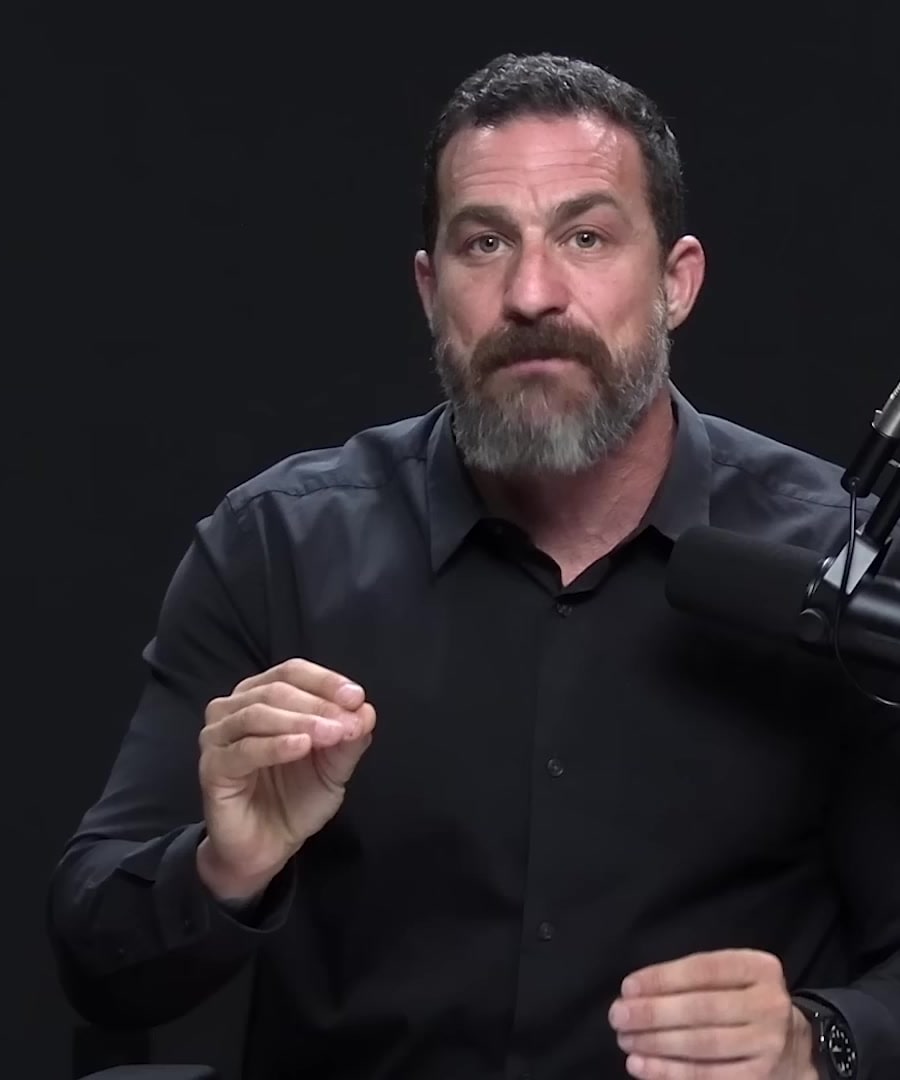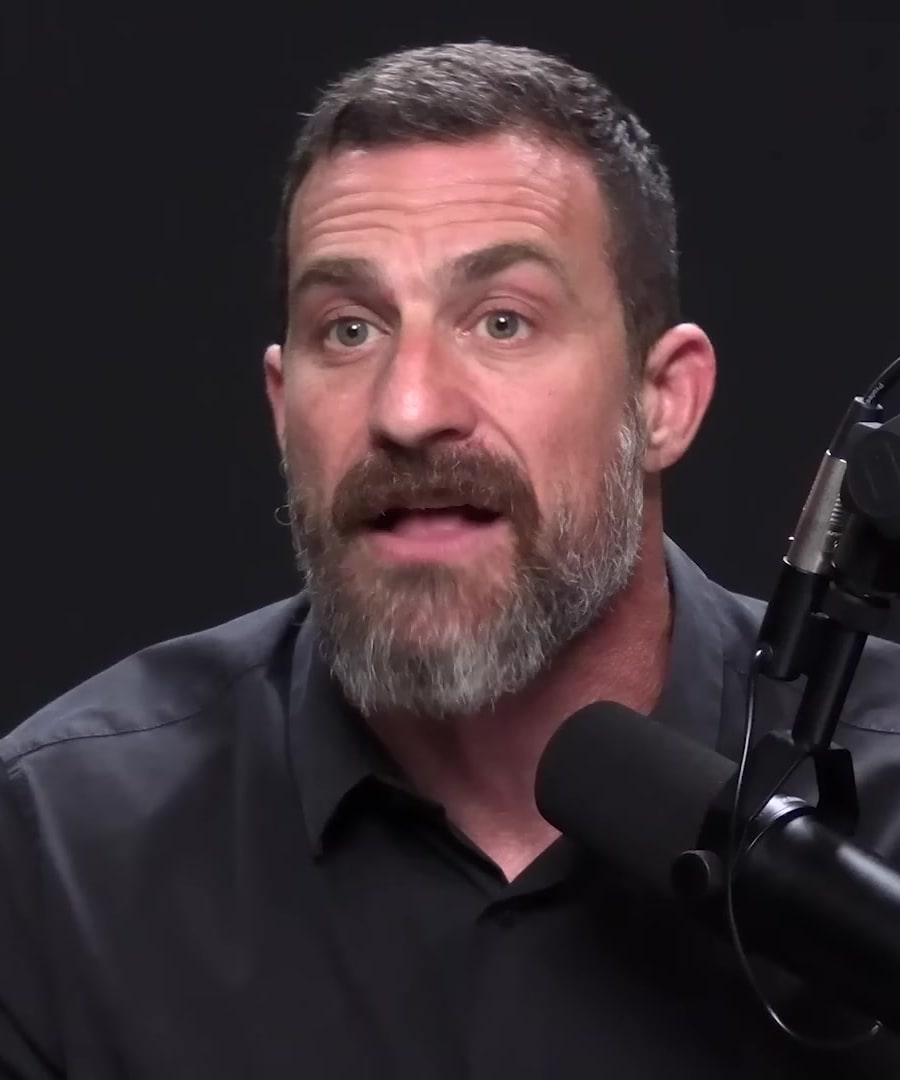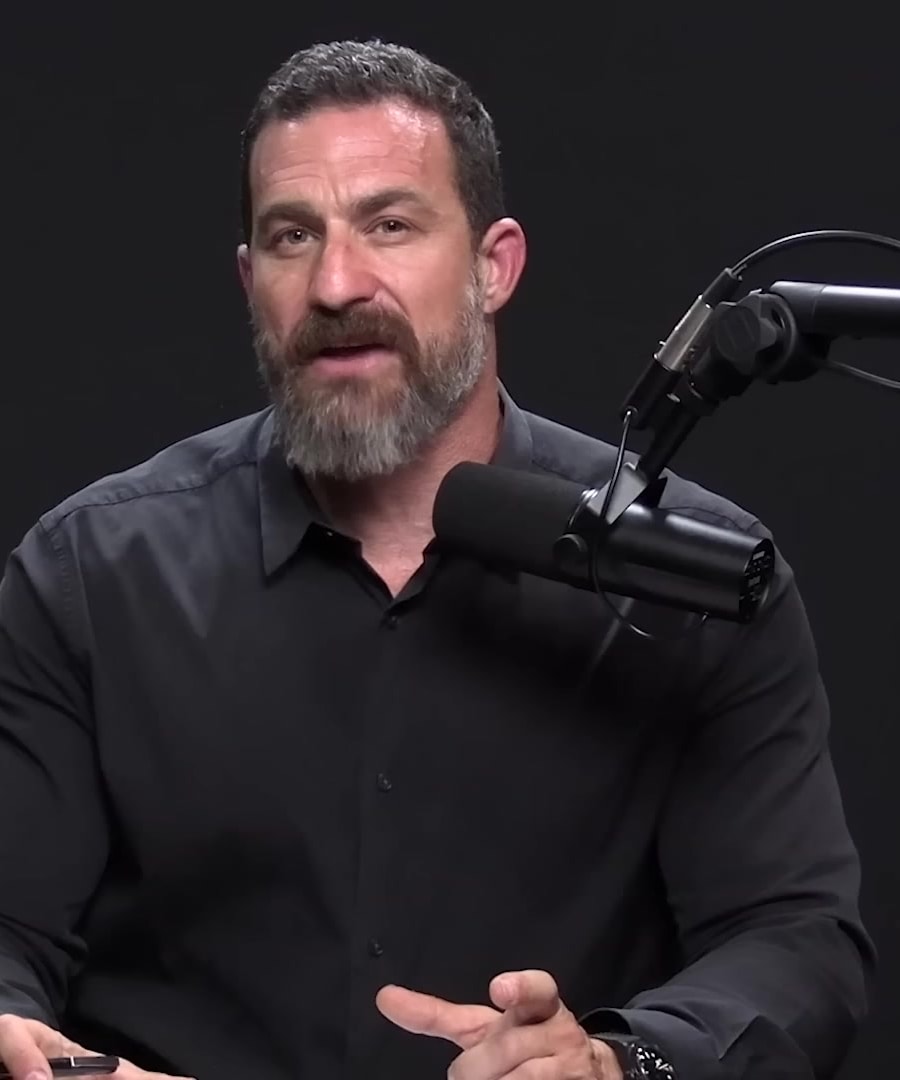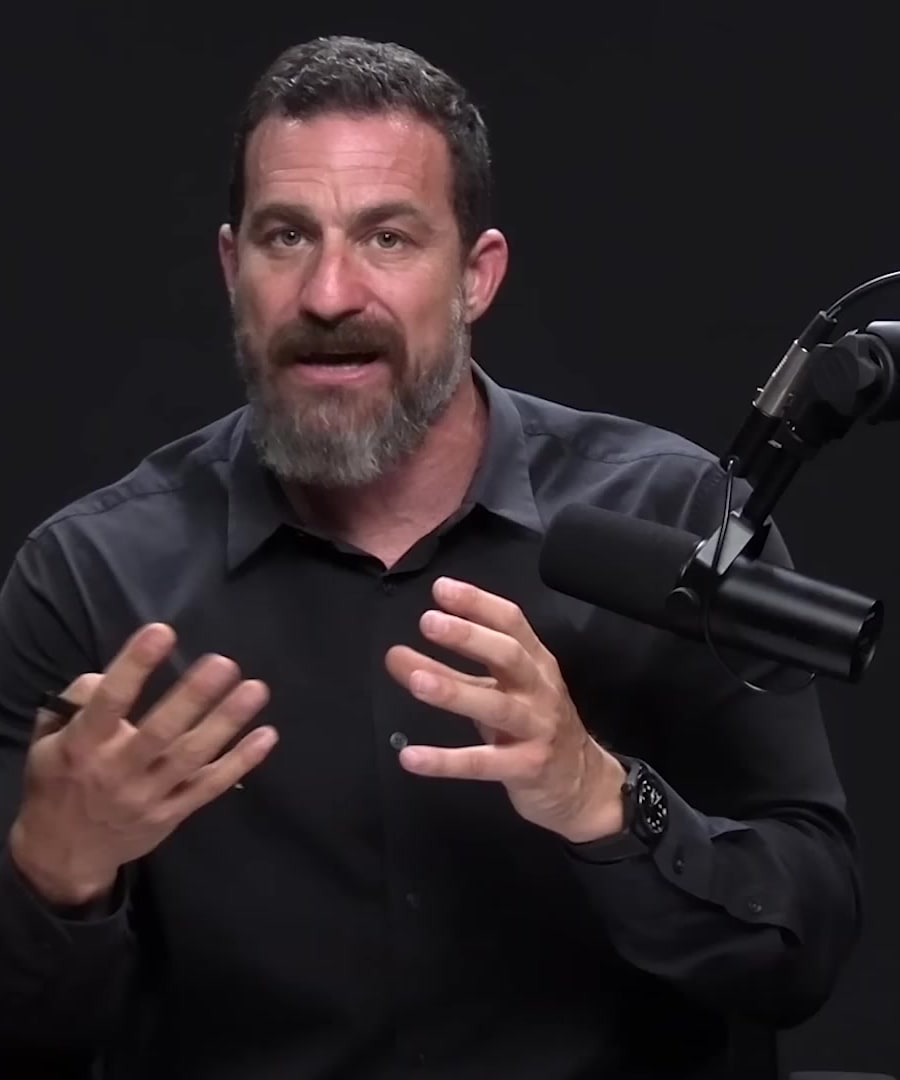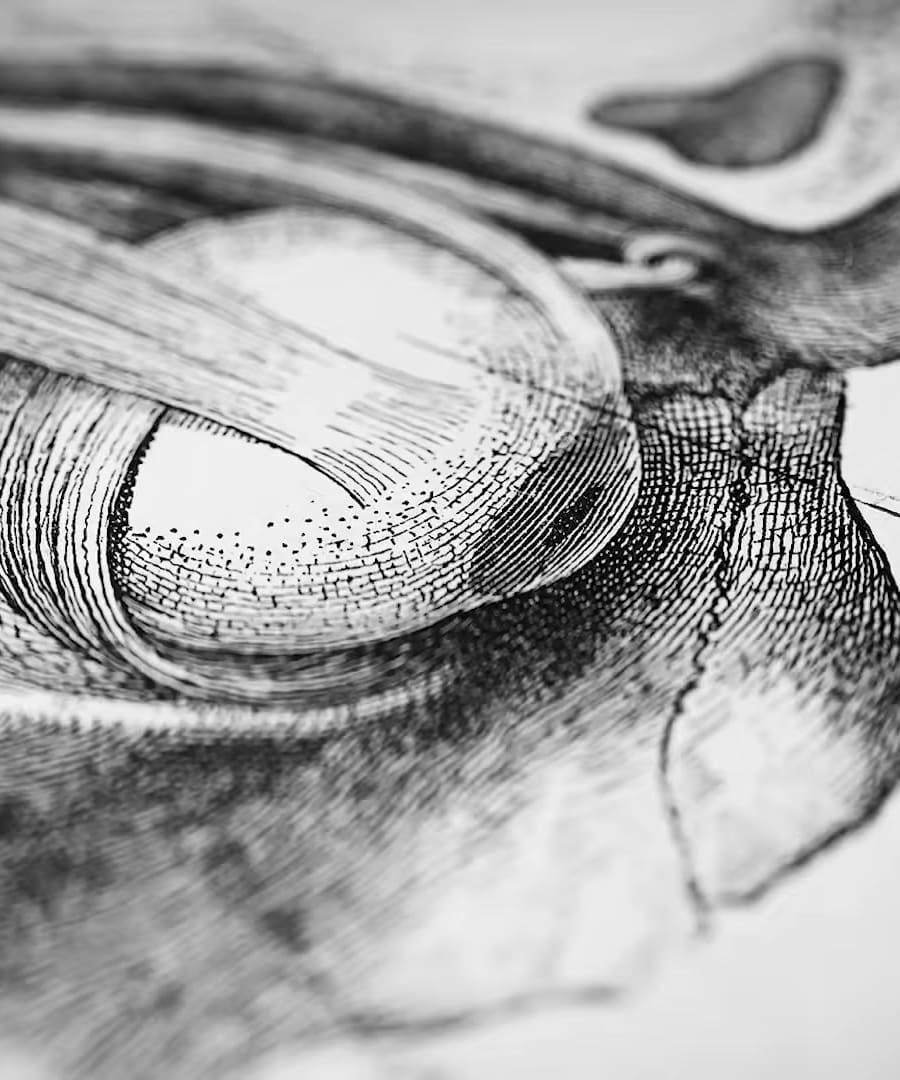Scoliocis
Sources:
The Huberman Lab podcast discusses back pain and spinal health in detail, particularly in the context of overall spine function and techniques to alleviate discomfort. While specific mentions of scoliosis are not highlighted, the general principles of managing back health are extensively covered. For example, Dr. Andrew Huberman emphasizes the importance of body mechanics like foot stability and core strength in managing back pain. He explains the anatomy of the spine, including vertebrae, discs, and the spinal cord, and he details how sensory information and motor commands contribute to spinal function 1.
Furthermore, Dr. Huberman discusses various back strengthening protocols, such as those developed by Dr. Stuart McGill, which are recognized across the medical and sports communities for their effectiveness in enhancing spine health and alleviating pain. These protocols, while not a cure-all, are highly regarded for their approach to reducing discomfort and improving spinal function 2.
Understanding and observing one's body mechanics, including posture and movement patterns, is also highlighted as a critical element in managing back pain and improving spinal health 3. Dr. Huberman stresses the significance of balancing muscle groups and avoiding exercises that could exacerbate back issues, such as traditional crunches, in favor of more spine-friendly exercises 4.
Lastly, the episodic content includes discussions about different exercises and posture adjustments that can mitigate pain and improve spine health, such as avoiding crunches and practicing exercises that strengthen the abdominal wall and stabilize the spine, reducing the chances of disc herniation 5.
These insights are directly applicable to managing conditions like scoliosis, where spinal alignment and muscular balance are crucial.
RELATED QUESTIONSFunctional patterns
Sources:
In the discussion with Ido Portal, a renowned expert in human movement, the delves into the neural mechanisms of movement and the functional patterns that can be beneficial in everyday life. Dr. Andrew Huberman and Ido explore how diverse human movements are closely tied to the brain's ability to control and execute these movements.
The conversation elaborates on how our nervous system is intricately wired to facilitate movement. This is based on the understanding that movement is the output of what the nervous system has processed, and it encompasses all voluntary and involuntary actions, including minor adjustments and balance 1. The importance of engaging in a variety of movements to enhance brain function and overall health is emphasized, showing that regular, varied physical activity can significantly improve neurological health and function 2.
Dr. Huberman describes foundational concepts regarding how the nervous system generates movement patterns, influenced by 'central pattern generators' in our spinal cord. These generators facilitate basic locomotor activities like walking and running, which are essential for our survival and functionality in various life scenarios 3.
Overall, the integration of science and practical movement strategies by Ido Portal illustrates profound insights into functional movement patterns that not only enhance physical capabilities but also foster neural health and adaptability 2.
RELATED QUESTIONS
Scoliocis
- RELATED QUESTIONS
Functional patterns
- RELATED QUESTIONS
